
捷克著名艺术家(Julius Eduard Marak)版画作品
¥ 5000 九品
仅1件
河北保定
认证卖家担保交易快速发货售后保障
绘制者Julius Eduard Marak
类别其他
印制方式黑白
材质纸本
尺寸63 × 50 cm
款识Julius Marak
上书时间2016-01-15
- 在售商品 暂无
- 平均发货时间 10小时
- 好评率 暂无
- 店主推荐
- 最新上架
商品详情
- 品相描述:九品
- 印刷品,有多处折痕.
- 商品描述
-
捷克著名艺术家(Julius Eduard Marak)版画作品
此画是印刷品,纸很厚,没有发行机构及印刷年代标识,保证实物与图片一致,详情电话咨询.
Julius Eduard Mařák (29 March 1832, Litomyšl - 8 October 1899, Prague) was a Czech landscape painter and graphic designer.
His father was an auditor and land registrar. His first painting lessons came while he was still in the Gymnasium, although he had difficulty deciding between an artistic or a musical career, because several family members were singers and musicians. From 1852 to 1853, he studied at the Academy of Fine Arts, Prague, under Max Haushofer, then attended the Academy of Fine Arts, Munich, where his instructors were Leopold Rottmann and Eduard Schleich.
From 1855 to 1858, he wandered throughout Bohemia, seeking inspiration, then settled in Vienna. While there, he learned etching, gave drawing lessons, and provided illustrations for several local magazines. Influences from the Barbizon school began to appear in his work, although he had never been to France. He later made a tour of the Balkans and the Tyrol.
He returned to Prague in 1887 when Josef Hlávka offered him a professorial post for landscape painting at the Academy. Among his students there were Otakar Lebeda, Antonín Slavíček, František Kaván and Alois Kalvoda, who formed what became known as the Mařákovu krajinářskou školu (Mařák Landscape School). In 1893, he became seriously ill and had to rely on the help of his students to complete his commissions.
Among his major commissions were decorations for the new National Theater in Prague and paintings for the staircase of the National Museum. He also created a group of sketches, for Goupil and Kaeser publishing, depicting the four seasons and the four times of day.They were made into a series of popular engravings by Edward Willmann (1820-1877) of Karlsruhe.
相关推荐
— 没有更多了 —











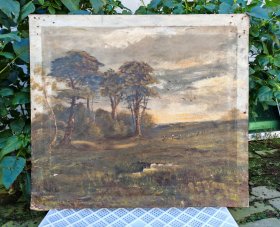
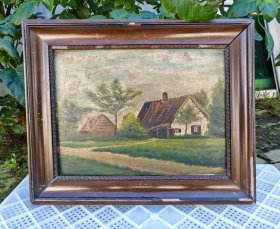

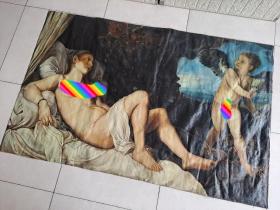
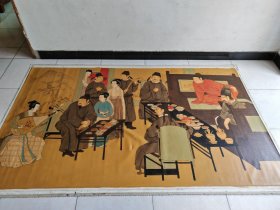
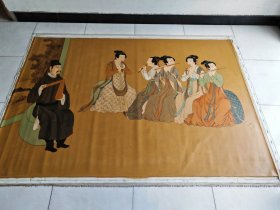
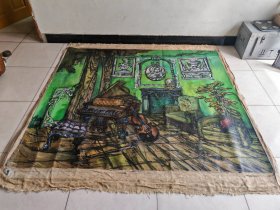

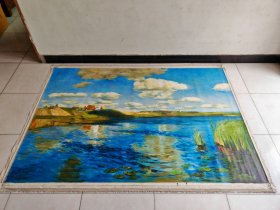




















以下为对购买帮助不大的评价